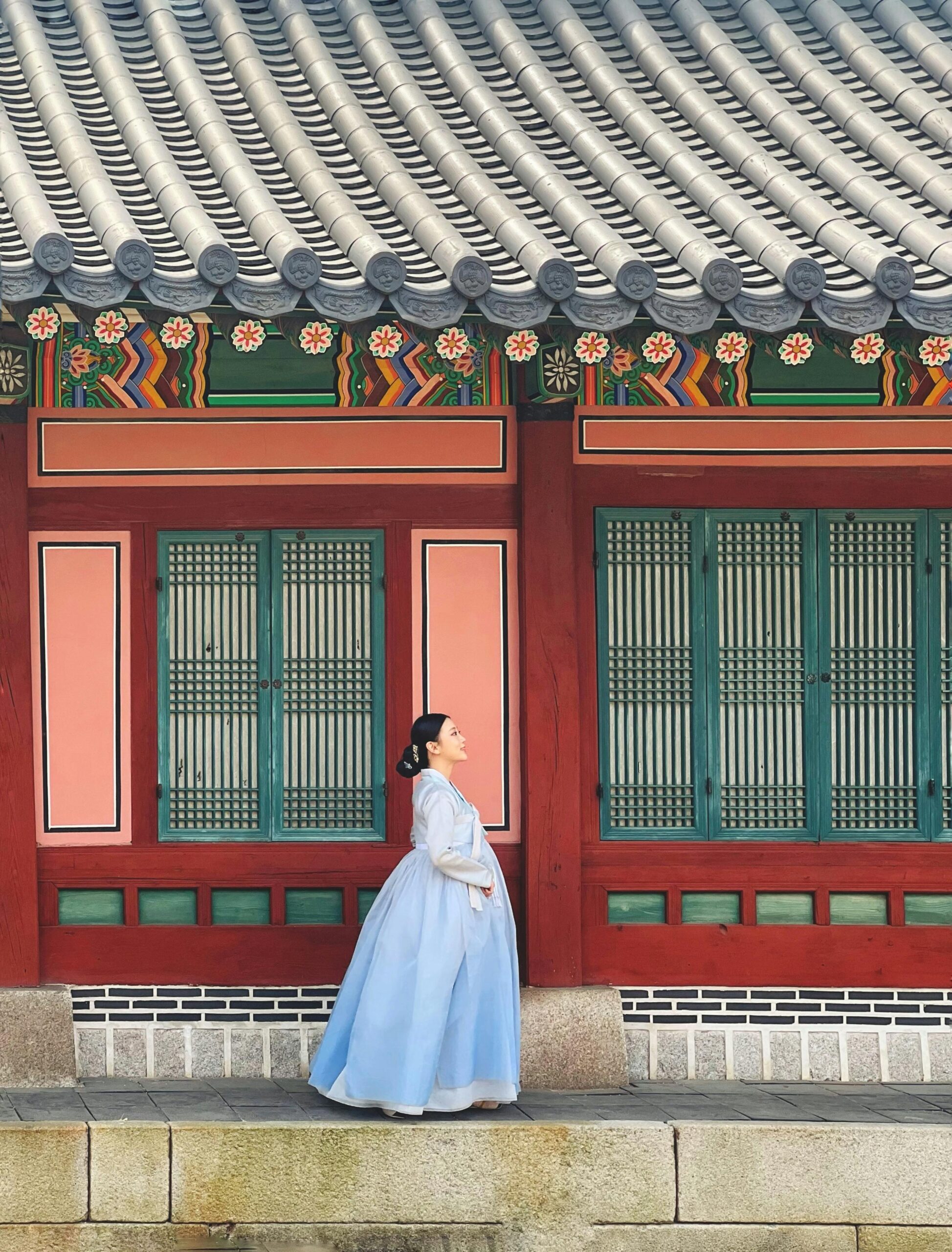Exploring Yosukgung 1779: A Historical and Cultural Journey
The term “Yosukgung 1779” refers to a fascinating historical episode that touches on East Asian heritage, cultural transmission, and architectural innovation during the late 18th century. This unique reference—rooted in Korean history—opens a window onto the intricacies of Joseon Dynasty’s royal sites and their significance in sociopolitical and artistic realms. By delving into Yosukgung 1779, we uncover the story behind its construction, the symbolism embedded in its design, and the way it reflects broader cultural interactions of its time. This exploration enhances our understanding of how spaces and structures become emblematic of national identity and royal authority, all while connecting to the evolving aesthetic trends during the late Joseon period.
The Historical Context of Yosukgung 1779
Yosukgung, constructed in the year 1779, was a royal pavilion or site established during the reign of King Jeongjo, one of Joseon’s most enlightened monarchs. Situated in what is now Seoul, the palace complex was part of King Jeongjo’s ambitious vision to consolidate royal power and foster cultural development. At this time, Joseon was balancing stability with internal reforms and increased interaction with neighboring countries like Qing China and Japan. Yosukgung exemplifies this era—a deliberate effort to blend political symbolism with cultural sophistication. The year 1779 marks not just a date of physical construction but a moment in Korean history characterized by an enlightened outlook and flourishing arts and sciences initiated by the crown.
Architectural Significance and Design Principles
The design of Yosukgung 1779 is a testament to Joseon architectural philosophies, which emphasize harmony with nature, symmetry, and understated elegance. The pavilion incorporated traditional Korean building techniques combined with influences from Chinese architecture, reflecting the era’s cultural exchanges. Intricate wooden carvings, the use of natural materials, and the spatial arrangement of the buildings and gardens showcased Confucian ideals of order and respect for nature. The pavilion’s location was carefully selected based on geomantic principles (pungsu-jiri), ensuring that the structure was in an auspicious spot believed to bring good fortune. Yosukgung became not just a royal retreat but also a cultural symbol, combining aesthetic beauty with deeper philosophical meanings.
Cultural and Political Symbolism in Yosukgung
Beyond its physical beauty, Yosukgung was imbued with layers of cultural and political symbolism. King Jeongjo sought to use the pavilion as a place for royal contemplation and political strategy. It represented the strengthening of royal authority by honoring ancestral spirits and emphasizing the legitimacy of the throne. The pavilion was also a space where scholars and artists gathered, making it a hub for intellectual exchange and artistic expression. Its existence reinforced Confucian values of filial piety and governance ethics, portraying the monarch as a sage ruler committed to the welfare of his people.
The Legacy and Modern Relevance of Yosukgung 1779
Although Yosukgung as a physical structure has faced changes over the centuries, its legacy persists in Korean cultural memory and heritage preservation efforts. Modern historians and architects study Yosukgung to appreciate Joseon Dynasty innovations and the blending of cultural motifs that defined the period. It remains an important point of reference for understanding Korean national identity and royal history. Furthermore, revived interest in traditional Korean architecture and philosophy today often cites sites like Yosukgung as inspirations, bridging past and present. Preservation initiatives seek to maintain remnants and recreate aspects of Yosukgung to educate future generations about this pivotal moment in Korean historical and cultural development.
Reflecting on the Importance of Yosukgung 1779
Yosukgung 1779 stands as a powerful symbol of a pivotal era in Korean history—a fusion of royal ambition, cultural flourishing, and philosophical depth. Its story illustrates how architecture can serve more than a functional purpose, becoming a vessel for political legitimacy, cultural identity, and intellectual endeavor. Understanding Yosukgung enriches our appreciation of the Joseon Dynasty’s balanced approach to governance, artistry, and tradition. Today, as Korea navigates its place in the modern world, sites like Yosukgung remind us of the enduring value of history in shaping national consciousness and inspiring future innovation. This underscores how historical landmarks continue to influence cultural pride and collective memory in Korea.
